Hello!
So I thought, I knew what kind of shamisen I have at home. However, the more I read here, the less I am sure of what it actually is, except for the fact that it is not a tsugaru :))) I got this shamisen through ebay, secondhand, and the only info “it´s the instrument played by geishas”. It has a mitsuori sao, no grooves, no embellishments. The tenjin is missing the kamigoma and is cracked - something that was not shown on ebay, and shortly after I got it, it fell apart (any tips on what proper glue to use?  ) Overall, I love it because it is my first shamisen and I plan to put it back together!
) Overall, I love it because it is my first shamisen and I plan to put it back together!
Here are some pictures of all I could find on and around the instrument. Thank you to anyone who can put more light into the matter! 
The only paper sticker inside. You can see that here was another one but someone peeled it off 
Markings on the kawa:
Doukake that came with the shamisen, it fits well.
And finally, the itomaki with extra holes 

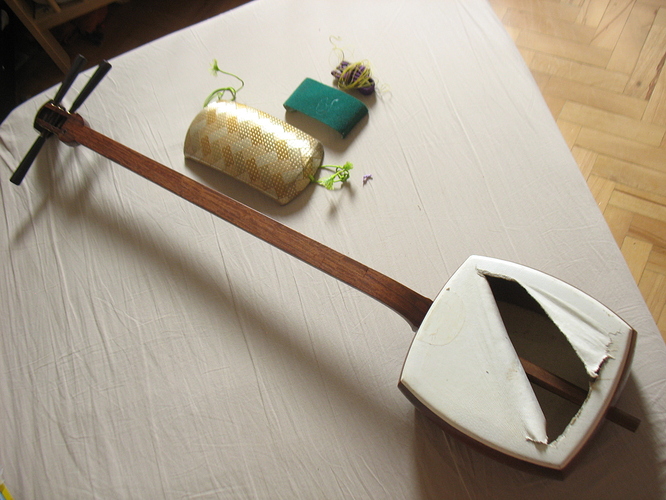
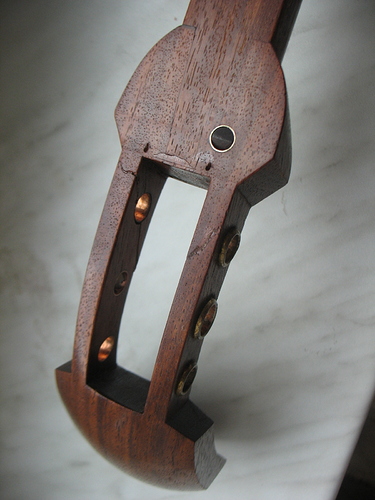
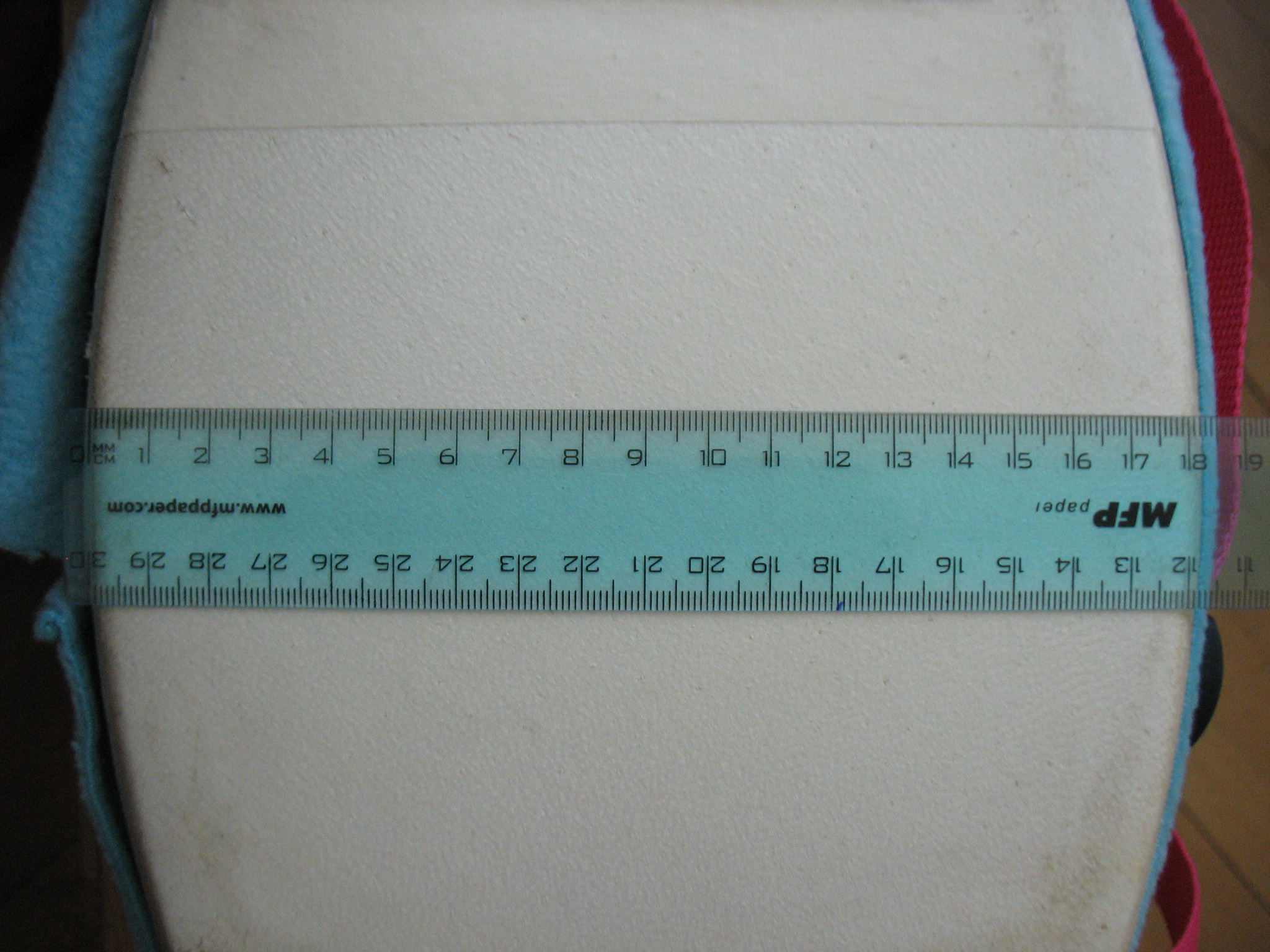
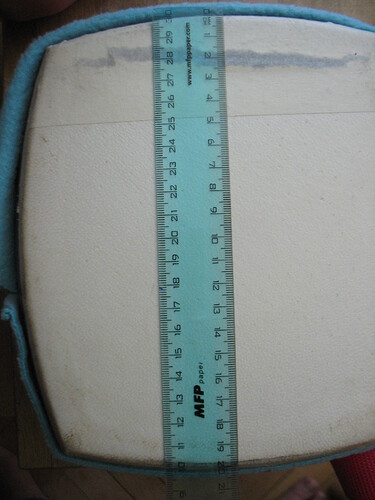
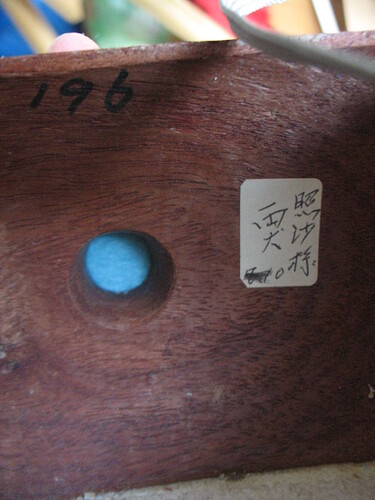
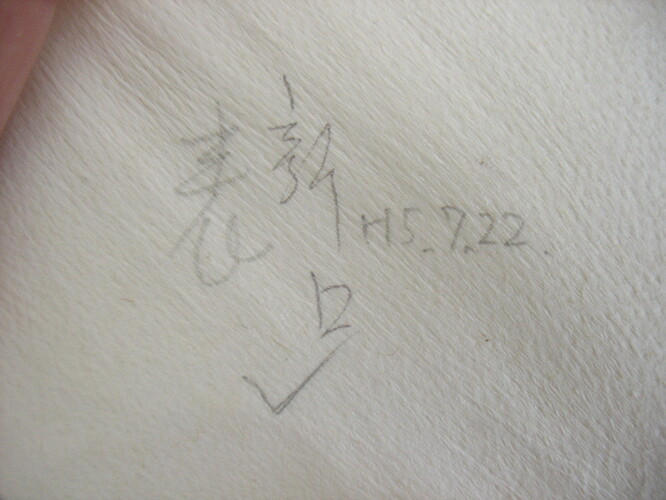

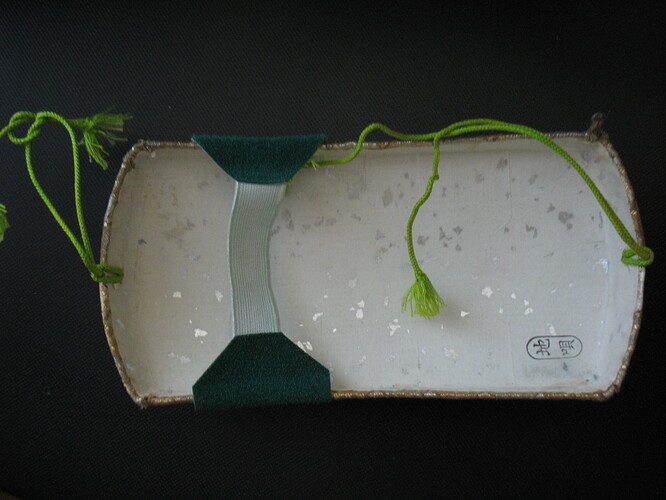
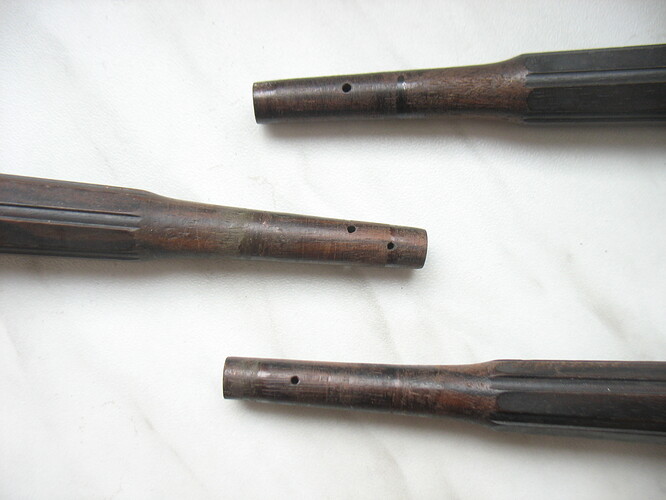
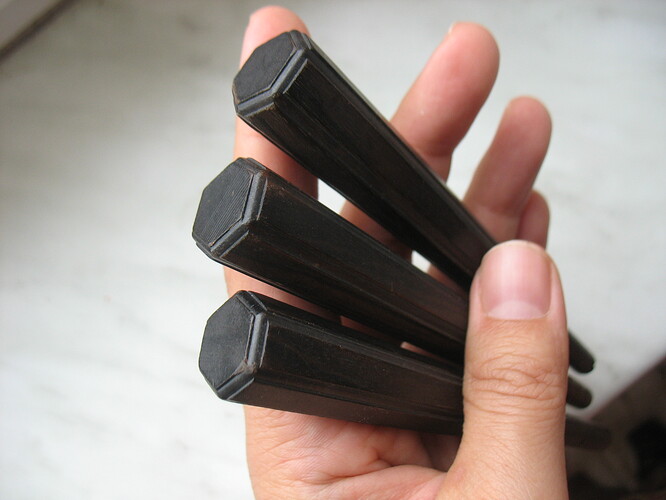
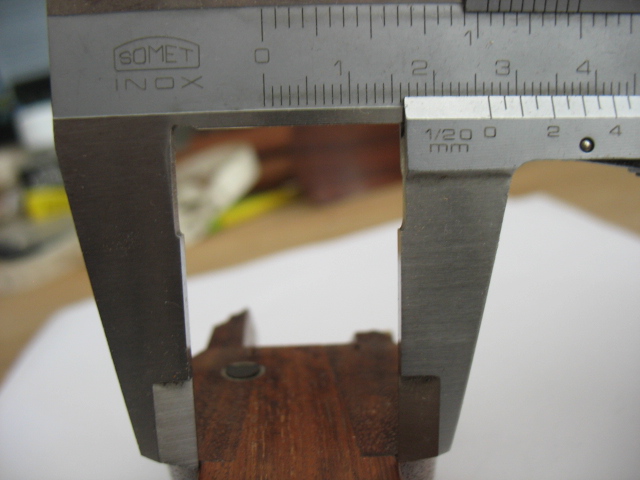
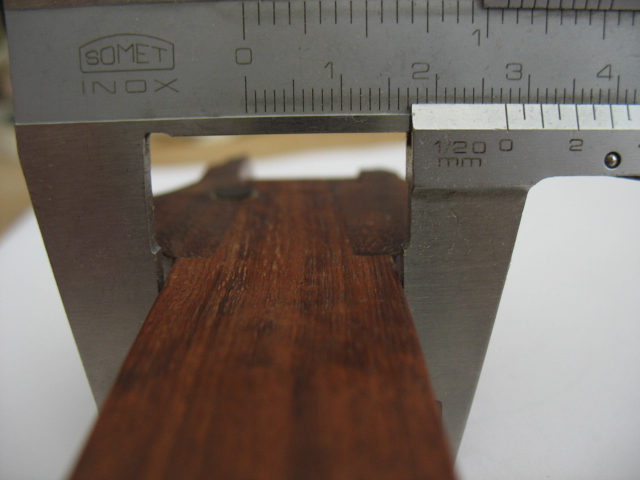
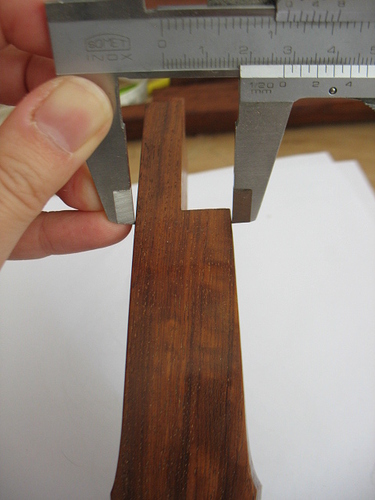


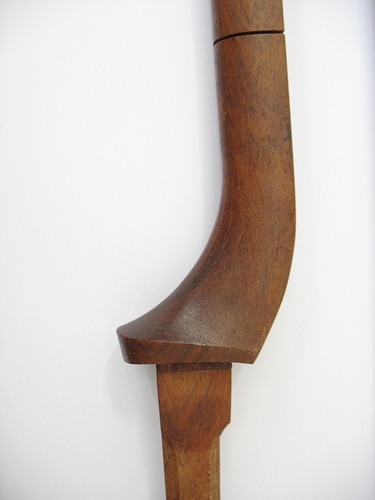


 Good thing, coffee exists.
Good thing, coffee exists.